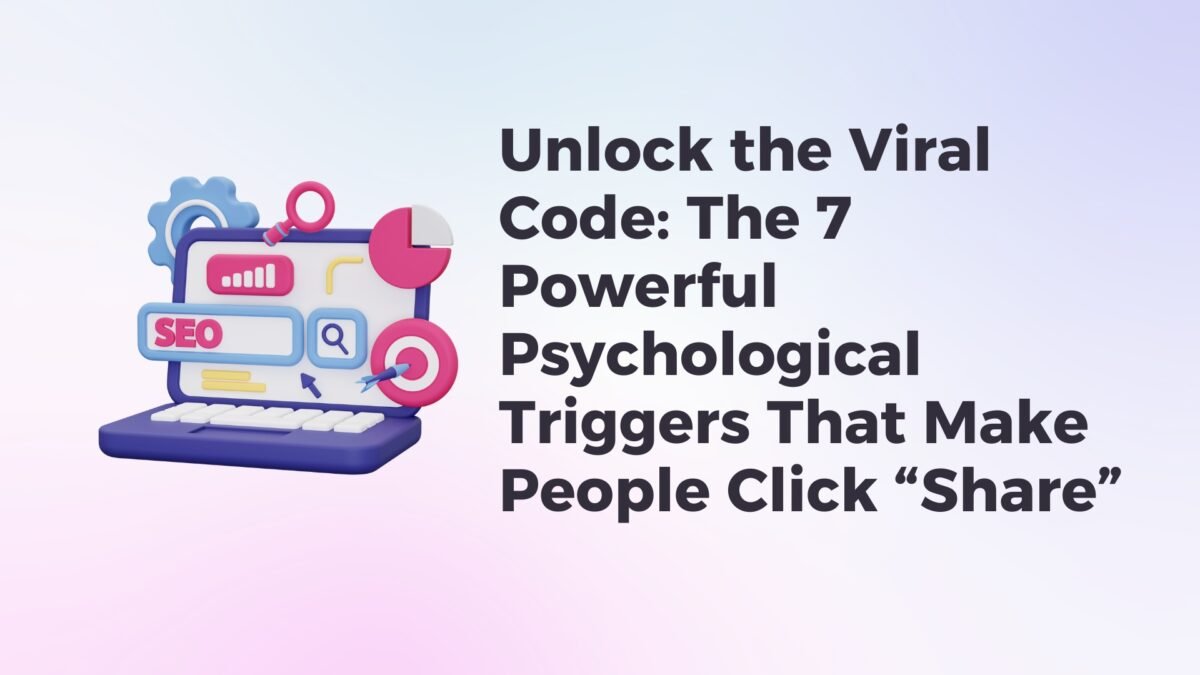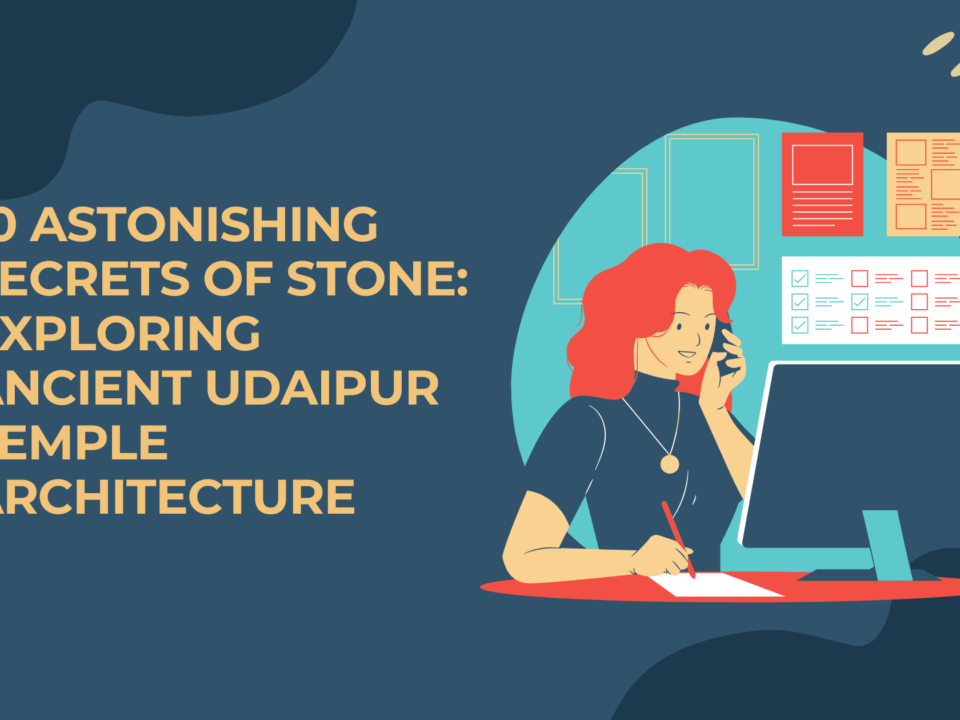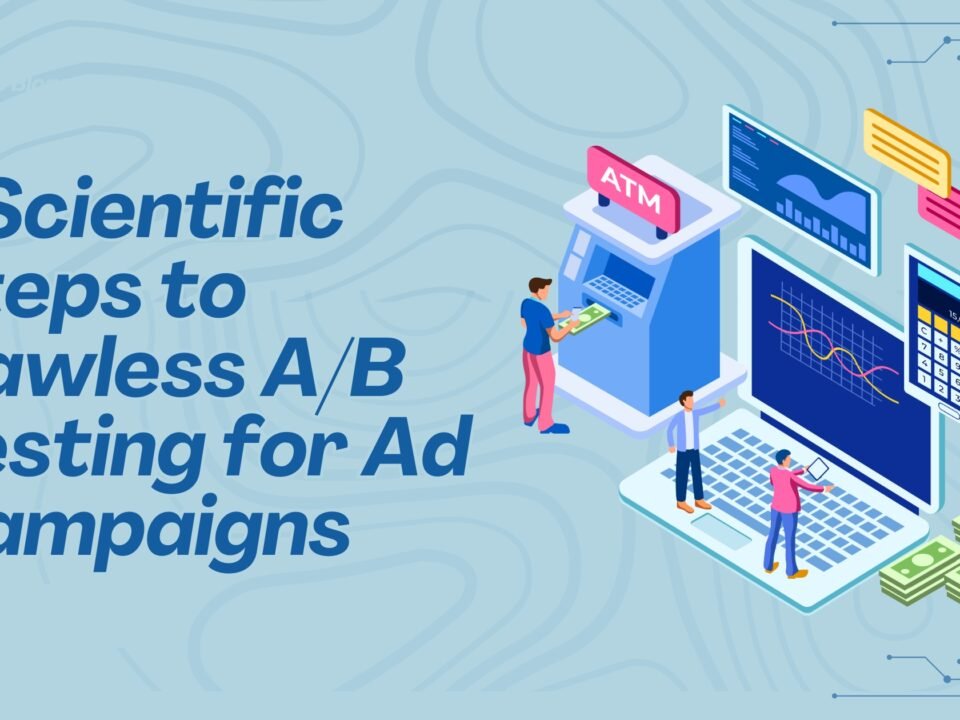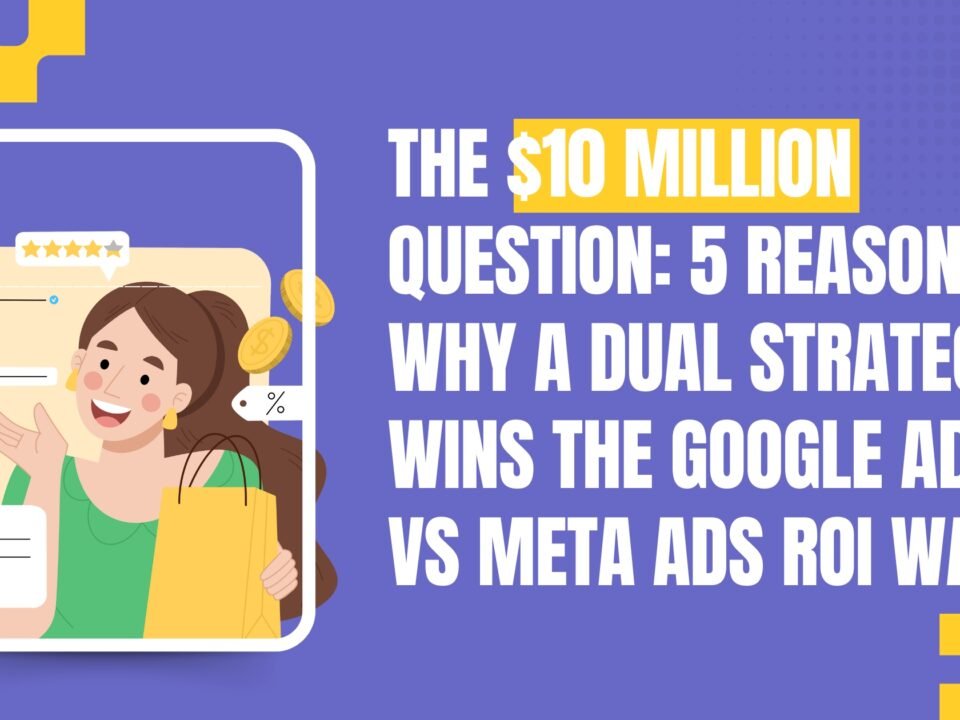
Have you ever watched a video, read an article, or seen a meme explode across the internet and wondered, “Why this one?” It wasn’t just luck. Behind every viral phenomenon lies a powerful, calculated dance with human psychology. Understanding the psychological triggers that compel someone to hit that share button is the ultimate superpower in today’s attention economy. It’s not about creating a catchy jingle; it’s about tapping into the very core of what makes us human.
Let’s dive into the seven most potent psychological triggers that transform passive viewers into active brand evangelists.
1. The Urge to Connect: The Power of Social Currency
When we share content, we aren’t just sharing information—we’re crafting our own identity. Sharing is a form of social currency. We post things that make us look smart, funny, in-the-know, or compassionate. By sharing a groundbreaking article or a hilarious video, we are telling our network, “This is who I am. Look at the valuable, entertaining person I am.”
How to use it: Create content that makes your audience look good. Provide insider knowledge, surprising data, or witty observations they’ll be proud to share as a reflection of their own savvy.
2. The Spark of Emotion: Awe, Joy, and Even Anger
Logic makes people think, but emotion makes them act. Content that evokes high-arousal emotions—whether intensely positive like awe, joy, and amusement, or even negative like anger or anxiety—is far more likely to be shared than content that elicits low-arousal emotions like sadness or contentment. Awe, in particular, is a viral powerhouse. It’s that feeling of encountering something vast that expands our understanding of the world.
How to use it: Aim for the heart. Tell inspiring stories, showcase breathtaking visuals, or use humor that creates genuine joy. Don’t be afraid to tap into righteous indignation for a cause, but use this powerful psychological trigger responsibly.
3. The Compulsion to Be Useful: Practical Value
At its core, much of sharing is about helping others. This is one of the most straightforward psychological triggers. If you find a life hack that saves you time, a recipe that wows your family, or an article that solves a persistent problem, your immediate thought is, “My friend Sarah needs to see this!” You share to provide practical value and strengthen social bonds through utility.
How to use it: Create genuinely helpful content. “How-to” guides, checklists, tip sheets, and product reviews that save people money or time are inherently shareable because they position your audience as a helpful resource.
4. The Need to Narrate: Public Visibility
This trigger is brilliantly simple: if something is built to be seen, it’s built to be shared. Think about the iconic ALS Ice Bucket Challenge. Its genius was in its public performance. It was a visible, trackable act of participation. People share what is already a public-facing behavior. If your product or idea is used in private, find a way to make its results or usage public.
How to use it: Design shareable moments that are inherently public. This could be a visually stunning product, a user-generated content campaign with a unique hashtag, or an online tool that creates a personalized, shareable result.
5. The Power of a Compelling Story: Narrative Transportation
Facts are forgotten, but stories are felt. Our brains are wired for narrative. When we get lost in a story, we experience “narrative transportation”—we are mentally and emotionally transported into the world of the characters. A brand that can wrap its message within a compelling, authentic story engages its audience on a much deeper level than one that just lists features.
How to use it: Stop advertising your product and start telling its story. Who does it help? What problem did it solve? Share customer success stories or the founder’s journey. Make your audience the hero, and your brand the guide.
6. The Allure of Scarcity and Exclusivity
This is a classic but unbelievably effective trigger from Robert Cialdini’s principles of influence. When we perceive something as scarce or exclusive, we assign it a higher value. “Limited time offer,” “Early access for our subscribers,” or “Only 100 units left” create a fear of missing out (FOMO) that can be a powerful motivator for both purchasing and sharing.
How to use it: Create offers that are genuinely limited. Provide exclusive content for your email list or run a flash sale. The sense of urgency and exclusivity will encourage people to act and share the opportunity before it’s gone.
7. The Simplicity of Sharing: Low Friction
Even if your content hits all the other psychological triggers, it will fail if sharing it is a chore. The path of least resistance is a powerful force. If your website has slow load times, hidden share buttons, or a complicated process, you are adding friction that will kill your viral potential.
How to use it: Make sharing effortless. Ensure your social share buttons are prominent and work flawlessly. Pre-populate share text (but let users edit it). Optimize your site for speed. Remove every single barrier between your amazing content and the share button.
Weave These Psychological Triggers Into Your Next Campaign
Virality isn’t a random act of the internet gods. It’s a science rooted in human behavior. By strategically weaving these seven psychological triggers—Social Currency, Emotion, Practical Value, Public Visibility, Storytelling, Scarcity, and Simplicity—into your content strategy, you move from hoping for a hit to engineering shareability.
The next time you create a piece of content, put it to the test. Ask yourself: Does this make my audience look good? Does it make them feel something? Does it help them? If you can confidently answer “yes,” you’ve just unlocked the secret psychology behind the share button.




